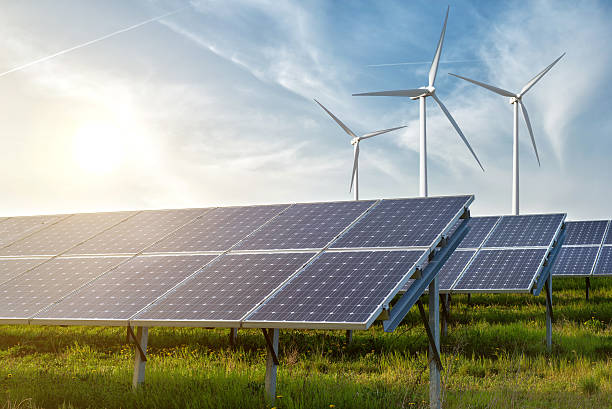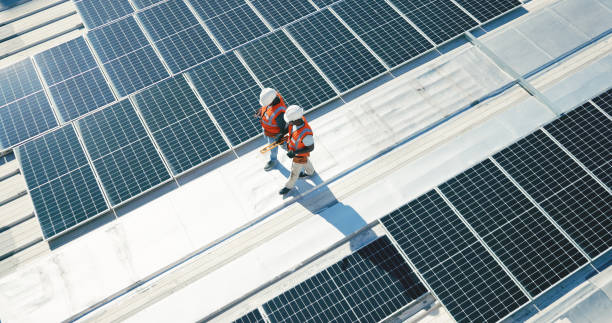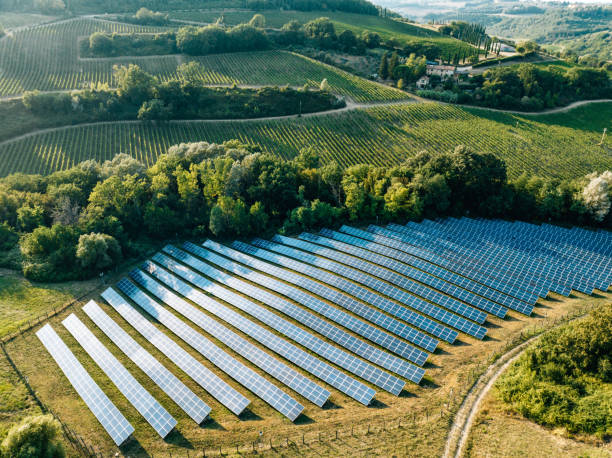African governments are seeking to cast the continent as a test case for a new, greener development model — one they argue could guide the global response to climate change. Speaking at the second African Climate Summit in Ethiopia, leaders framed Africa not as a victim but as a proving ground for climate-friendly investment, despite still receiving only a fraction of global funding.
The summit opened against a backdrop of worsening floods, droughts and landslides across the continent and waning momentum in international climate diplomacy following Washington’s withdrawal from the Paris Agreement under the Trump administration.

“We are not here to negotiate our survival. We are here to design the world’s next climate economy,” Ethiopian Prime Minister Abiy Ahmed declared, reiterating his ambition for Ethiopia to host COP32 in 2027. Abiy urged the creation of a pan-African climate innovation fund linking universities, start-ups, rural communities and researchers to deliver 1,000 homegrown solutions to climate challenges by 2030.
Leaders are promoting Africa as a hub for carbon capture, renewable energy, critical minerals for clean technology and sustainable agriculture. Abiy argued that with the right choices, the continent could become the first to industrialize without destroying its ecosystems — a claim that would require a massive shift in both domestic policy and international financing.
Yet funding remains Africa’s biggest hurdle. At the inaugural summit in Nairobi in 2022, governments demanded more support to overcome debt burdens and fiscal constraints. Two years later, they still receive only about 1 percent of annual global climate finance — a shortfall that underscores the gap between pledges and delivery.
Mahamoud Ali Youssouf, chair of the African Union Commission, called for “fair, significant and predictable” climate finance, framing it as a question of justice rather than charity. African countries contribute minimally to greenhouse gas emissions but are among the most exposed to their effects.
Some leaders also voiced unease over the weakening of multilateral climate action. U.S. disengagement from global agreements and bilateral clean-energy partnerships has eroded confidence in international solidarity. “Too often, commitments are broken precisely when the climate crisis demands enhanced cooperation,” said Kenyan President William Ruto.
Despite chronic underfunding, Africa holds vast untapped potential. The continent hosts 60 percent of the world’s best solar resources but attracted just 2 percent of global clean-energy investment in 2024, according to the UN. African heads of state have pledged to boost renewable capacity to 300 gigawatts by 2030 — roughly equivalent to the output of 114 large power plants — with the International Renewable Energy Agency projecting that renewables could supply 90 percent of Africa’s electricity by 2050.

Solar power has been the fastest-growing segment. Chinese export data show African imports of solar panels jumped 60 percent in the past year to over 15 gigawatts, with 20 countries hitting record purchases. While South Africa — plagued by rolling blackouts — drove much of this surge initially, imports outside South Africa have since tripled, signalling broader regional demand. Independent energy firms are now moving aggressively into the African market, seeing opportunity in the continent’s unmet energy needs.
The summit’s rhetoric underscores both optimism and frustration: Africa wants to lead on climate action but continues to lack the financing to do so at scale. Whether the continent can translate its renewable potential into a genuine global model for green industrialization may hinge less on visionary speeches than on whether wealthy nations and private investors deliver on their promises.



